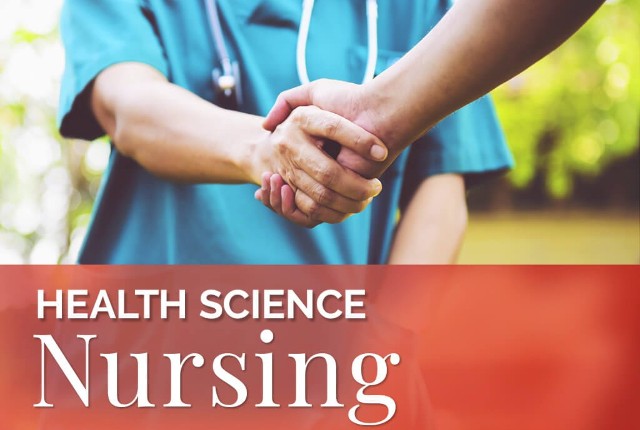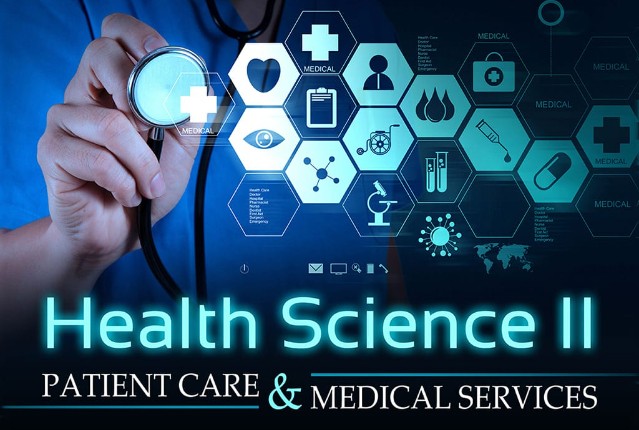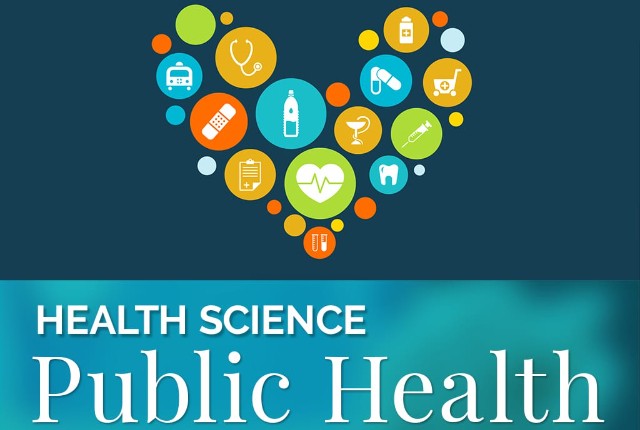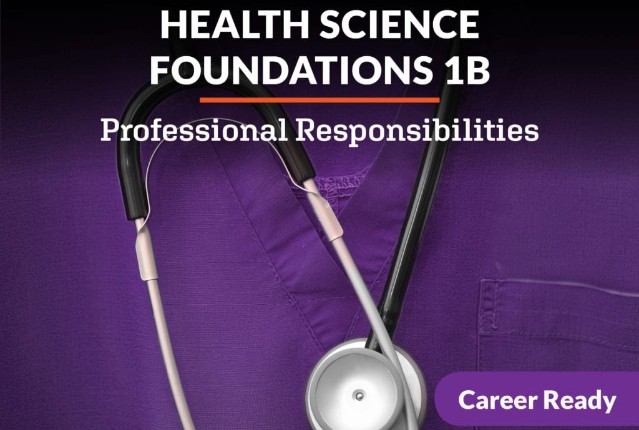
Health Science: Nursing
The demand for nurses has never been higher! Learn what it takes to become a nurse, pursue a career, and understand the practice of nursing and the healthcare system. With a strong focus on patient care, you’ll explore safety, communication and ethics, relationship building, and how to develop wellness strategies for your patients. From emergency to rehabilitative care, to advances and challenges in the healthcare industry, discover how you can launch a fulfilling career providing care to others.
Review course outlineAccess for a year
USD 299.00*
* Choose more courses to get a discount




